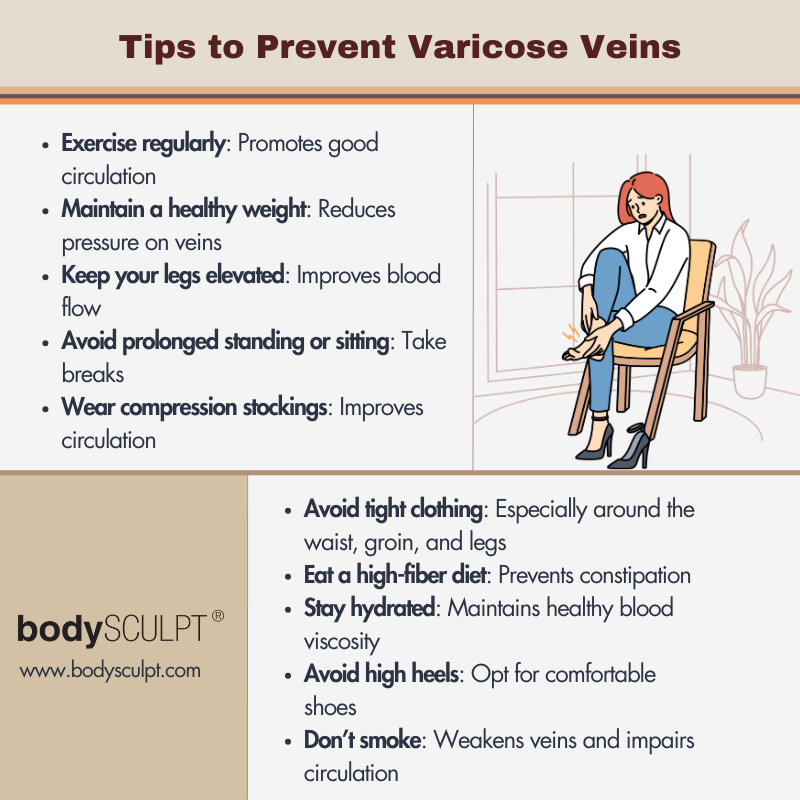Varicose veins are enlarged, twisted veins that often appear blue or dark purple and may bulge from the skin’s surface. They most commonly occur in the legs and are caused by weakened or damaged vein walls and valves, which affect blood flow. Factors such as genetics, age, pregnancy, obesity, and prolonged standing or sitting can increase the risk of developing varicose veins. While they are generally not a serious medical condition, varicose veins can cause discomfort, pain, swelling, and itching. Treatment options range from lifestyle changes such as exercise and elevation of the legs to medical procedures like vein stripping or laser therapy, depending on the severity of the condition.
Importance of Preventing Varicose Veins
Preventing varicose veins is essential not only for cosmetic reasons but also for maintaining optimal vascular health. Varicose veins, though often considered a benign condition, can lead to discomfort, pain, and swelling in the affected areas. Additionally, they may signal underlying venous insufficiency, which can increase the risk of more serious complications such as blood clots and venous ulcers. By taking proactive measures to prevent varicose veins, individuals can promote better circulation, reduce discomfort, and lower their risk of developing more severe vascular issues. Simple lifestyle changes such as regular exercise, maintaining a healthy weight, avoiding prolonged sitting or standing, wearing compression stockings, and elevating the legs can all contribute to preventing varicose veins and maintaining overall vascular health.
Check out the infographic below
